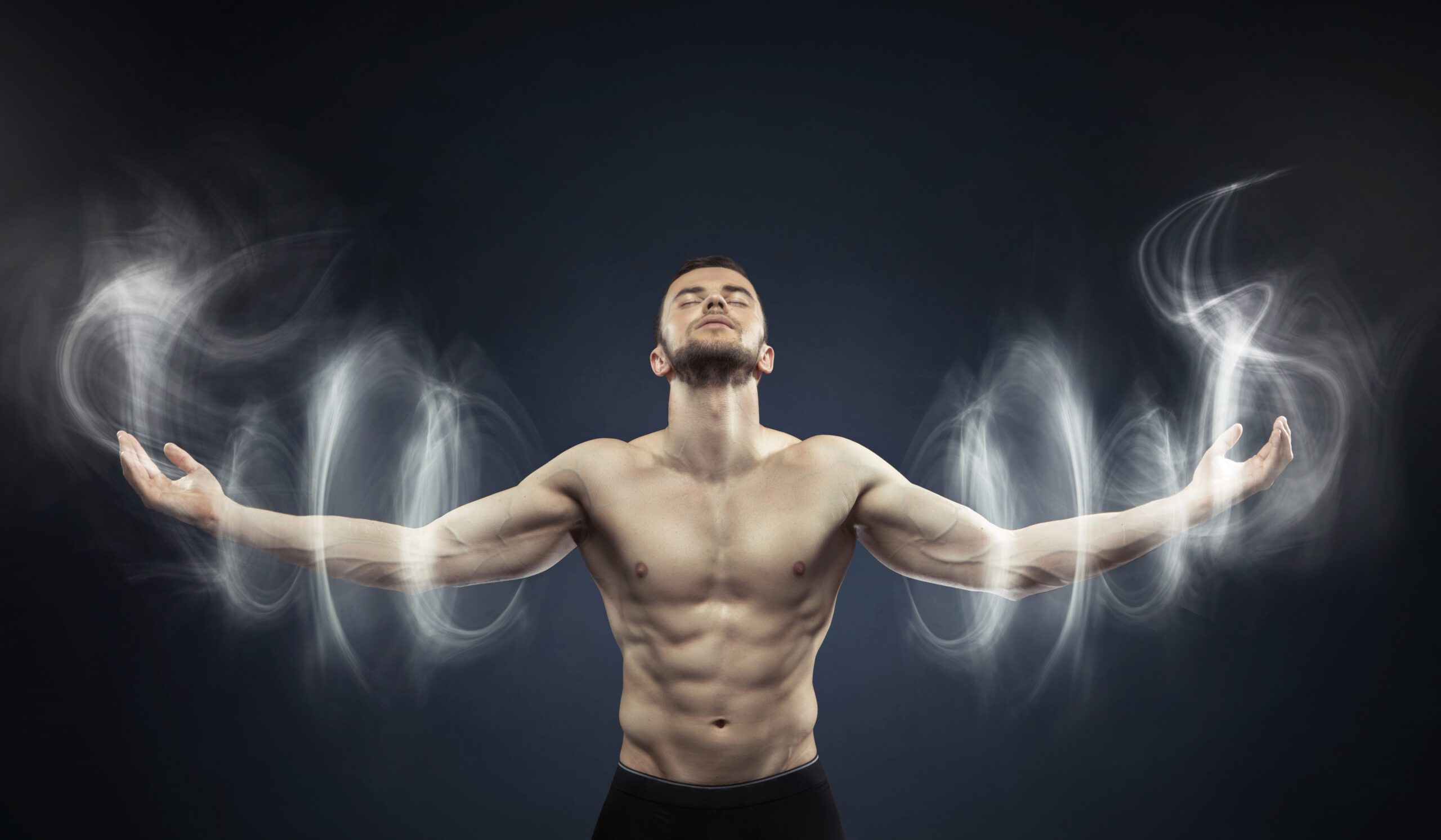Combat Athletes – Top 9 Aspects Of Training Using Battle Ropes
Battle ropes are often implemented as an adaptable, productive tool for upper body training, but they should not be limited to grip and biceps work alone. The battle rope can also be used to train the glutes, abs, back, and more. You can even use the battle ropes exclusively in programming combat athletes.
The Top 9 Aspects of Training
First Step Speed Aspect
Agility and Quickness Aspect
Full Body Power Aspect
Full Body Strength Aspect
Full Body Endurance Aspect
Grip Strength and Endurance Aspect
Hip Power and Strength Aspect
Rotational Power and Strength Aspect
Mental Toughness Aspect
1) First Step Speed Aspect
All combat athletes need first-step speed for kicks and knock-out punches. Athletes can be up to speed when it’s time to make a move if they have the first step speed to be fast from the beginning of the fight. The combat athlete who has not trained first step speed properly may find it difficult to deliver the snap and pop needed in a throw or take-down.
Training an athlete in first step speed means training innervations, the brain, and the peripheral nervous system that activates the muscles necessary to follow through with a fast, powerful movement.
Battle ropes can be used to train speed in a combat athlete because it is a self-limiting tool. We limit the rope by one’s own efforts, and we can see maximum effort when moving a battle rope as well.
Initially, program your athlete to use the rope’s full length with only one to two movements each time. Increase the neural drive-through for 5 to 10 seconds of isometric loading, and push engagement up to 100% for 2 to 6 sets. To complement your athlete’s ability, adapt as necessary.
After we prep the athlete, they can do their first step speed movement for 1 to 3 reps. A movement such as a jump with a slam, the arc, or the hook is an ideal first-step speed movement. Have the athlete do this for 5 to 10 rounds, followed by optimal rest.
Similar to plyometrics, the athlete should only perform this twice weekly. Depending on the output and the athlete, they will do 40 to 80 sets at the most. Perfect quality, maximal effort, and maximal speed are essential and must be emphasized to stress the human system to the point of developing an adaptation. Perfect quality, maximal effort, and maximal speed are essential and must be emphasized.
2) Agility and Quickness
We train agility and quickness like first-step speed, except for repetitions.
In agility and quickness training, you will potentially add in extra reps and will possibly develop the variation of the movement.
Each combat athlete must possess the ability to move with speed, intensity, and agility in their hands, feet, limbs, and torso. Without speed, agility, and quickness, the athlete may succumb to their opponent’s ability to produce more speed, agility, and quickness.
The following anecdote is helpful when discussing supramaximal speed or over speed, which is imperative in agility and speed training: A study was done on baseball players, revealing that many used a light bat to generate higher swing velocities. This is contrary to the belief that using a heavy bat is best for producing higher swing velocities. When using the battle ropes for training combat athletes, we should keep this in mind.
The battle rope can be used as a line or boundary for the production of movement, or used to magnify agility, speed, and quickness down the line of the rope. To train true maximal or supramaximal speed, agility, and quickness, keep the battle rope training you will do with your combat athletes short.
3) Full Body Power
Power refers to the explosive lactic or phosphagen biochemical and mechanical system. Full body power is the force behind movements such as fast take-downs, knock-outs, and immensely strong, fast reversals. It differs from full-body endurance or strength.
All combat sport athletes use their entire body to develop power for producing kicks, violent strikes, take-downs, and more.
To prevent suffering, athletes must understand or access their bodies’ potential to produce such an output of power from a musculoskeletal, nervous, and physiological view.
The battle rope is beneficial in training an athlete’s metabolic productions and powerful movements to support full-body power adaptations.
4) Full Body Strength
Compared to power, the metabolic pathways are trained to generate adaptations for full body strength (lactic or glycolytic metabolic pathways or energy systems) by extending the duration of a battle rope full-body movement and reducing the rest between movements.
Unlike full-body power, full body strength refers to training the athlete’s body to reduce the maximal output for increasingly longer durations. Strength can be utilized as a multiple-repetitive action that demands a lot of force. During a fight, this can be observed when the combat athlete struggles to outlast their opponent’s grip or position or to get out of a tough spot, but uses strength to prevail in the end.
Full body strength is responsible for enduring continual take-down attempts, clinch, or pummeling struggles, and a storm of strikes.
5) Full Body Endurance
Every combat athlete has experienced the struggle present in the last bouts of a fight that goes too long. But full body endurance prepares the combat athlete physically and mentally, equipping them with action and thinking that is clear to endure the physical and mental anguish of the later rounds. Battle ropes are one of the best tools available to athletes who want to reach these points of anguish in training to move the adaptations in a victorious direction.
Endurance is the aerobic system taking control to enable an athlete to go the distance and triumph, which is quite the opposite of power and strength.
A combat athlete needs to go through the proper training and programming for capacity, volume, and duration to be present.
Battle ropes are the ideal tool for improving the oxidative function and aerobic capacity of an athlete’s metabolic pathways and energy systems. This is especially evident with combat athletes, since the movements in a fight have more variation than movements such as jumping rope or jogging.
Endurance doesn’t always have to be full body either. Grip endurance and other regionally specific skills will improve through battle rope training.
6) Grip Strength and Endurance
Without grip strength and endurance, a combat athlete can’t expect to truly fight, let alone win a fight. Although many tools exist for training grip strength and endurance, battle ropes might be the best.
Combat athletes who train with battle ropes experience enhanced grip strength and endurance because the battle rope is a grip-centric tool.
Battle ropes are such efficient tools that training with them eliminates the need to dose an athlete’s program with grip-specific exercises. Training with battle ropes imitates the grip and position your athlete’s hand will be in during combat sports.
Whether performing pulling exercises or dynamic movements to create waves or techniques of static engagement, battle ropes get the job done.
7) Hip Power and Strength
No one wants to kick at an opponent and miss entirely, or make no impact when you do hit them, which is significantly more humbling. We all want to take down our opponent instead of missing, and the dynamic snap and pop produced by an athlete’s hip hinge can make that possible.
Whether training the pop-through of a front kick or snap down in a clinch, hip power and strength is an essential tool in a combat athlete’s arsenal. The battle rope can make the athlete’s arsenal a lethal force, offering a broad spectrum of effective repetitions.
8) Rotational Power and Strength
Although trained through a different plane of movement, rotational power and strength produce the same outcome as hip power and strength. Unfortunately, the majority of gyms overlook the importance of this movement. Utilizing a battle rope to train rotation can change all of that.
The battle ropes have a fluid quality that enables every plane of movement to be trained with precision, allowing for the translation of force to shift smoothly from training into live combat.
Movements that can be trained solely with the battle ropes are the shuck, hip toss, and hook movement, to name a few. Since the output of the battle rope can be measured, the battle rope allows coaches to analyze the development of their athletes week after week.
9) Mental Toughness
Mental toughness is a necessity for combat athletes, whether on the mat, in the ring, or in war.
While strength and power are about quantity, mental toughness is a quality that requires the right training environments, tools, and programming to produce results in the training of a combat athlete. The discipline in a fight strategy, the willpower in a weight cut, and tenacity in the final round are all examples of this quality. For training in mental toughness, the coach can offer inspiration, education, and guidance to the athlete.
For the athlete to completely conquer and understand true mental toughness, they must deal with many challenges and the occasional failure during their training program.
Learning the meaning of “mental toughness” is a process accomplished through multiple doses of disciplined movement.
Challenge after challenge, the mentally tough athlete must show up regularly, refuse to give up, and never allow temporary failure to keep them from success in the long term.
Last Thoughts
In most effective progressively overloaded programs, combat athletes are trained to utilize the effectiveness of the battle ropes in preparation for beating their opponents.
You can use battle ropes to train your combat athletes in all 9 of these aspects. Just be sure to periodically and seasonally train with progressive overloading in all 9, without training all aspects simultaneously, and you will position your athletes for success.
Maria works with Living Fit as a senior writer. She has been put on this earth to inspire people and inspire them to achieve their health and fitness goals with enthusiasm. Her niches are health, fitness, and combat sports exercises. Amanda, with Living Fit, is focused on providing fitness routines and professional tips to all fitness enthusiasts. She likes to travel in her free time and is a foodie with a refined interest in healthy food.







